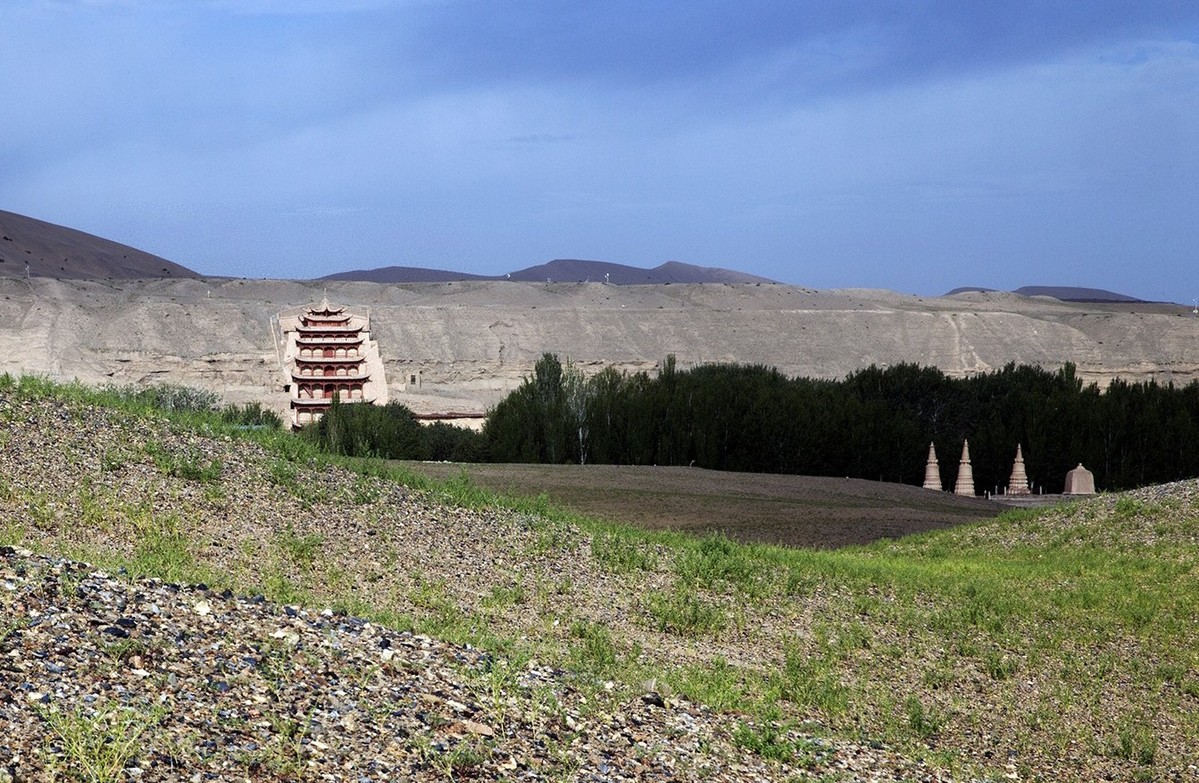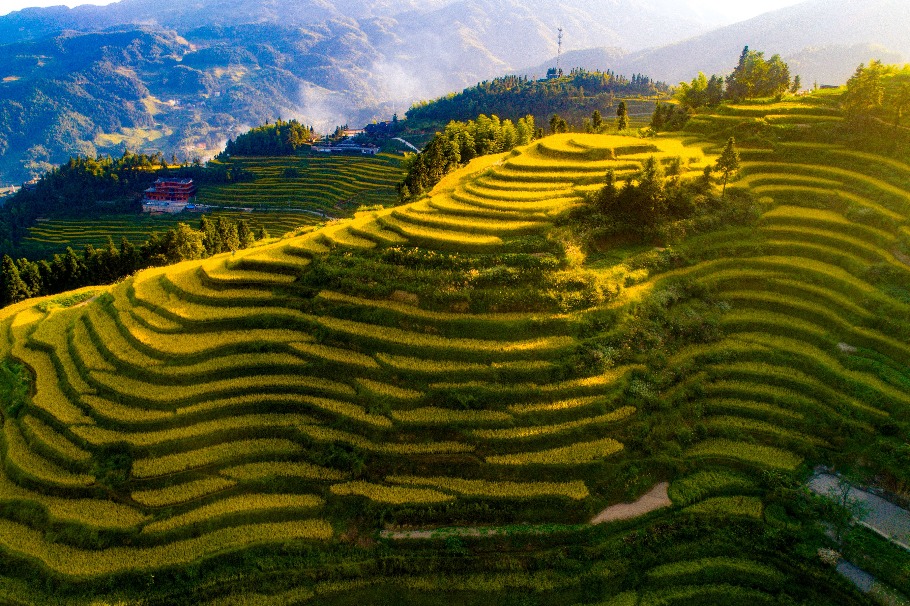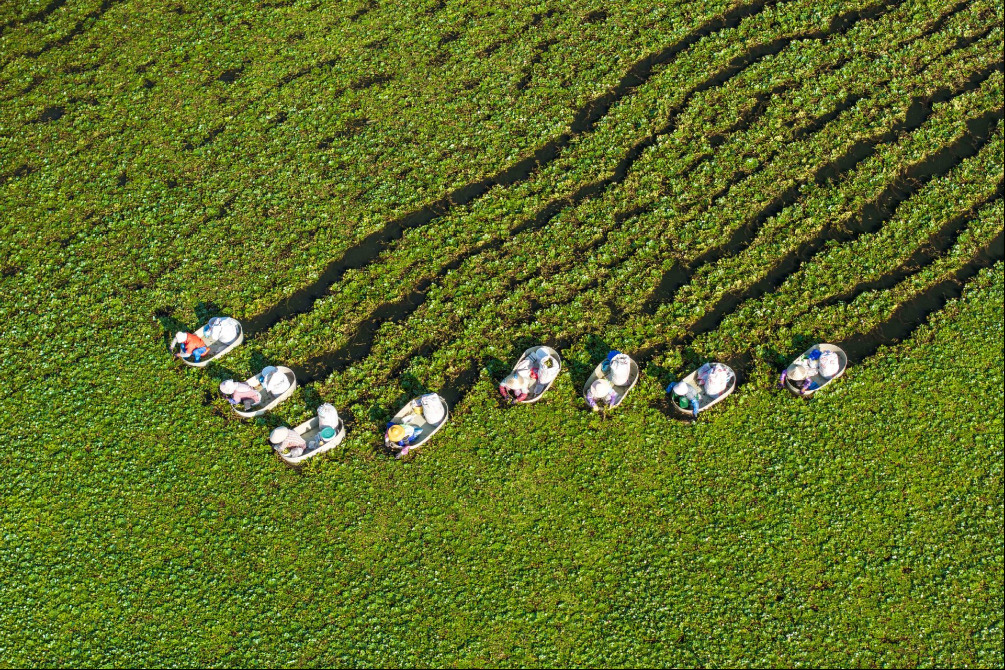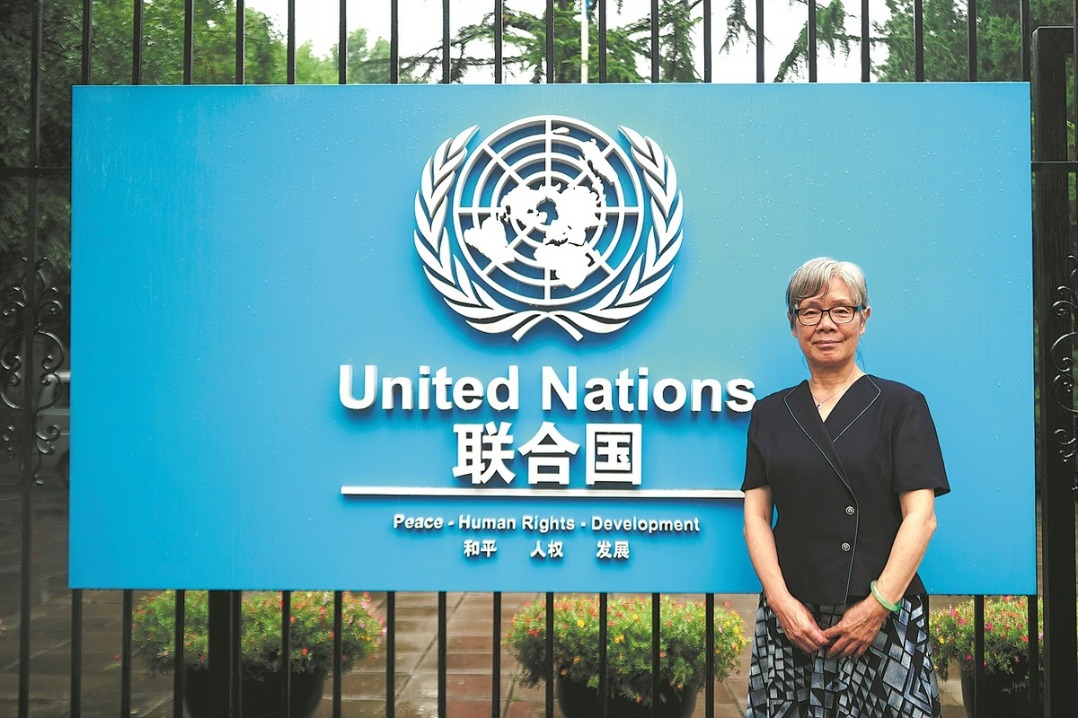Northwest area sees increasing precipitation


Some experts believe the changing climate is good for agriculture and environmental restoration
LANZHOU - Northwest China, which used to be cold and dry, is now getting warmer and wetter.
As early as the 1980s, academics noticed increasing rainfall in the northwestern region and speculated that the climate would become warm and wet.
"The speculation about climate change in Northwest China in the next 30 years has been confirmed," said Ding Yihui, an expert with the China Meteorological Administration.
Chen Baofu works for an airport in Gansu province. As an experienced shuttle bus driver, Chen said he has noticed the changes on the road linking the airport and capital city Lanzhou over the past few years.
"The 70-kilometer-long road was built on barren mountains. But there is more rainfall here, and more plants grow on the mountains nowadays," Chen said.
The arid climate is a major reason that the Mogao Grottoes, a UNESCO World Heritage site, have been preserved for thousands of years. However, as rainfall increased in the summer, the tourist attraction in Gansu was temporarily shut down, while the Gobi Desert nearby has also seen grass growing.
"We used global climate models to predict that this trend will last until the mid-21st century," Ding added.
Statistics from the meteorological departments of northwestern provinces Shaanxi, Gansu, Qinghai and Ningxia Hui autonomous region showed these areas have seen climate warming and increasing precipitation since 1961, while the trend of warming and humidification has risen since 2000.
In Gansu alone, the temperature has risen steadily at a rate of 0.29 C every 10 years from 1961 to 2015.
Last year, the average temperature in Gansu was 0.7 C higher, and average precipitation increased by 27.7 percent as well.
- Xi's vision for better global governance seeks to build a fairer world
- Yuksak Xijaat: Celebrating unity and heritage through art
- China, Latin America deepen ties at Wuxi forum
- Draft regulation boosts personal data protection
- Officials hail safer country under legislation
- New law aims at protection of natl parks





































